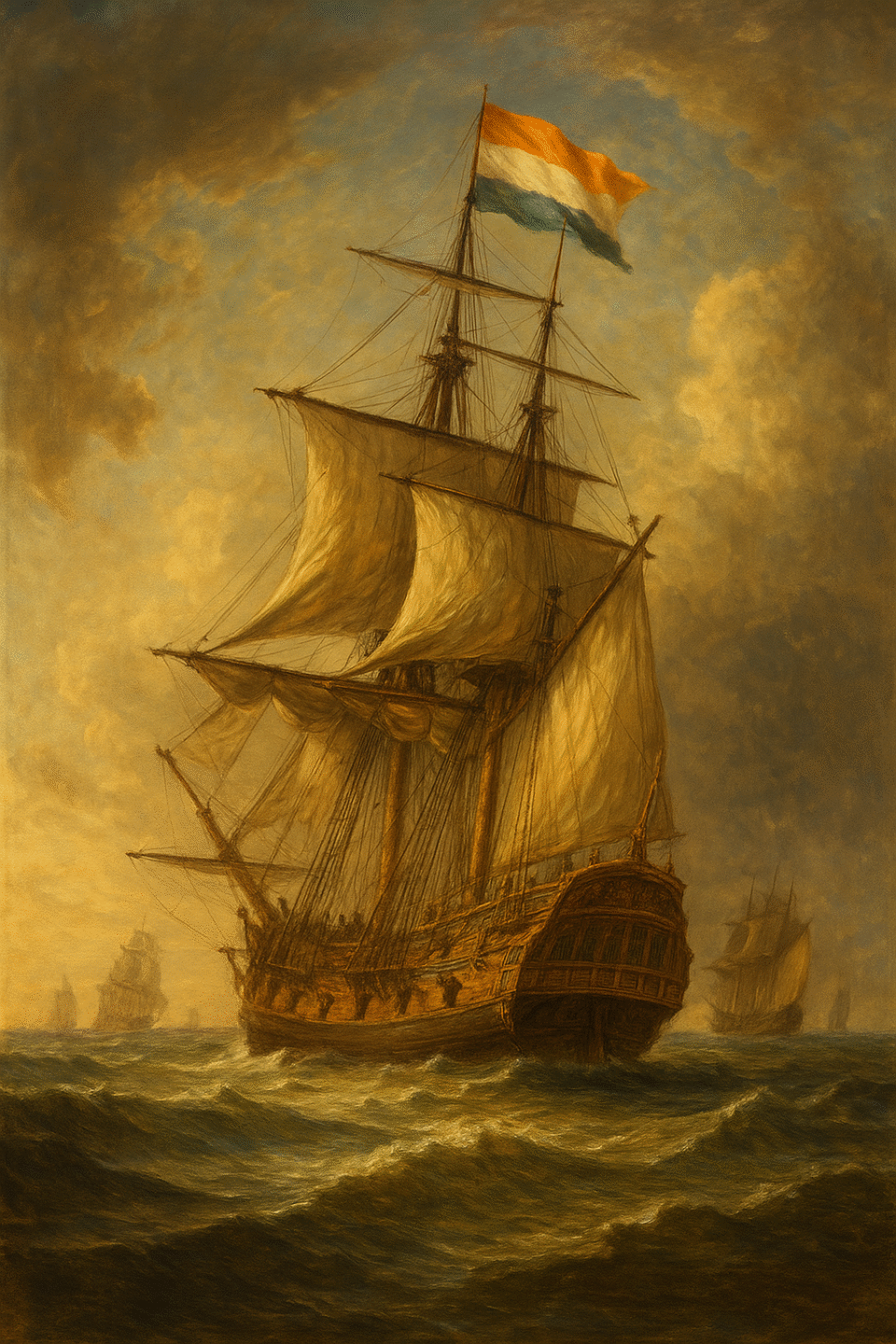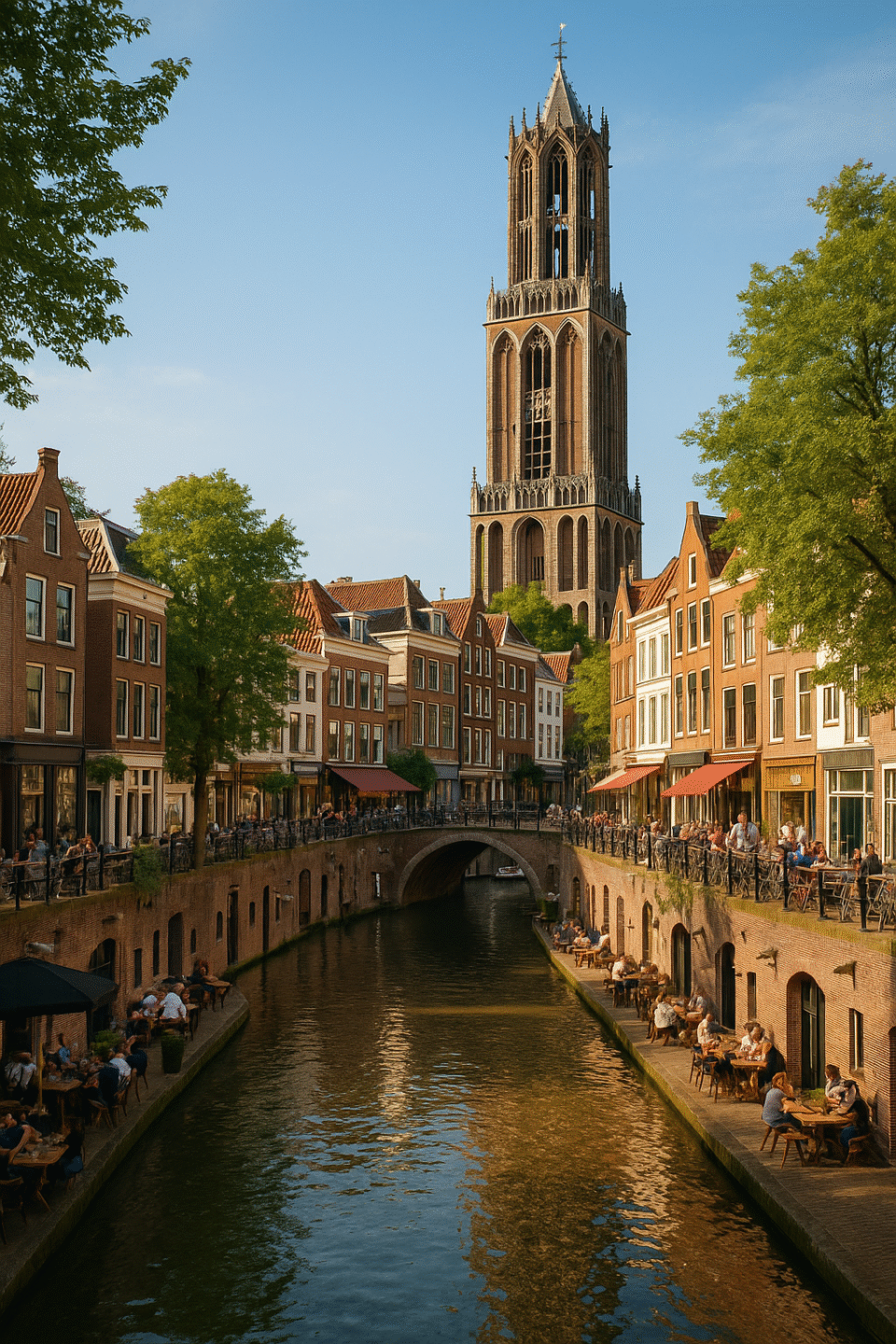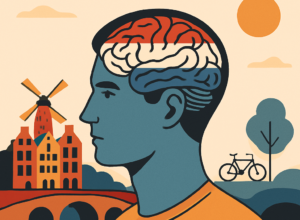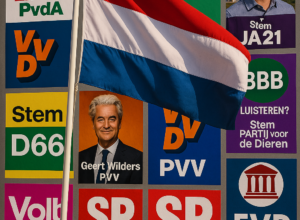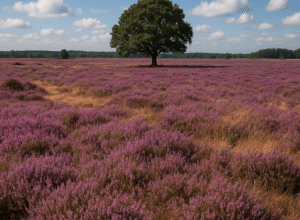Nestled along the North Sea coast, with a history stretching back millennia, the Frisians remain one of Europe’s most distinctive yet lesser-known cultural groups. These proud coastal dwellers have preserved their unique language and traditions while fully embracing modern life. When I first heard about them, their strong cultural identity within the Netherlands sounded fascinating – almost like a society within a society. This article explores the fascinating story of the Frisian people and their ongoing cultural resilience.
Who Are the Frisians?
Standing on the shores of the Dutch province of Friesland (officially called Fryslân), you might hear conversations in a language that sounds oddly familiar to English ears, yet remains distinctly different from Dutch. This is Frisian, spoken by a people whose history along the North Sea coastline predates the formation of the Netherlands itself.
The Frisians are a West Germanic ethnic group indigenous to the coastal regions of the Netherlands, northwestern Germany, and southern Denmark. Today, they’re concentrated primarily in the Dutch province of Friesland (Fryslân) with approximately 650,000 residents, parts of Groningen province, and in the German regions of East Frisia and North Frisia.
A Maritime History Written in Land and Water
The story of the Frisians is inextricably linked to their relationship with the sea. For over 2,000 years, they’ve inhabited the low-lying coastlands of the North Sea, constantly battling against flooding through ingenious adaptations. Their earliest settlements were built on terpen—artificial dwelling mounds constructed to rise above flood waters—a technique that became a hallmark of Frisian ingenuity.
By the 7th and 8th centuries, the Frisians had established a significant area of influence stretching along the coastal Netherlands to northern Germany, sometimes referred to as “Frisia Magna” (Great Frisia). The Frisians have a strong historical connection to the Anglo-Saxons of England. In fact, Frisian languages are the closest living relatives to English, forming part of the Anglo-Frisian language family.
The Spirit of “Frisian Freedom”
Perhaps the most defining characteristic of Frisian identity is their historical commitment to independence and self-governance, known as Fryske Frijheid. The medieval slogan “Free and Frisian, without Tax or Excise” captures the spirit that has animated Frisian culture for centuries. Unlike much of medieval Europe, Friesland never developed a classic feudal system, with Frisian farmers maintaining greater autonomy than their counterparts elsewhere.
During the 12th century, the Frisians established the Upstalsboom League under the slogan of “Frisian freedom” to resist feudalization. This tradition of independence continued even after Friesland officially became part of the Netherlands in 1648. Today, this independent spirit manifests in a fierce pride in Frisian language, culture, and regional identity, and informs the objectives of contemporary political movements like the Frisian National Party (FNP).
Language: The Heart of Frisian Identity
The Frisian languages represent the closest living relatives to English, though modern speakers of each would not find them mutually intelligible. There are three main branches of Frisian:
| Language Branch | Estimated Speaker Numbers | Primary Region(s) | Vitality Assessment |
|---|---|---|---|
| West Frisian (Frysk) | 400,000–470,000 | Netherlands | Vulnerable |
| North Frisian | 4,000–10,000 | Northern Germany | Severely Endangered |
| Saterland Frisian | 1,000–2,250 | Northern Germany | Critically Endangered |
The Frisian languages have experienced periods of decline throughout history. After the 15th century, Frisian was largely replaced by Dutch and German in government, judicial, and religious affairs. The language might have disappeared entirely if not for persistent cultural revival efforts beginning in the 19th century.
Today, West Frisian enjoys official status in the Netherlands, is taught in schools, and has a vibrant literary tradition. Initiatives like Taalplan Frysk aim to further strengthen Frisian education.
Modern Frisian Culture: Traditions Preserved
Modern Frisians have adapted to contemporary life while maintaining distinctive cultural elements:
The Elfstedentocht (Eleven Cities Tour) has become perhaps the most famous Frisian cultural event. This 200-kilometer skating competition follows a route along frozen canals connecting eleven historic Frisian cities. The tour is held only when natural ice along the entire course reaches at least 15 centimeters thick—a rare occurrence in today’s warming climate. The last Elfstedentocht was held in 1997.
Fierljeppen, a traditional sport involving pole vaulting across canals, remains uniquely Frisian and continues to draw participants and spectators.
Friesian horses, with their majestic black coats, are internationally recognized symbols of Frisian agricultural heritage. The breed faced near extinction in the early 20th century but was revived through dedicated efforts.
Buorreplicht (neighbor’s duty) reflects the communal spirit that has helped Frisians survive in their challenging environment. This tradition of mutual assistance and participation in significant life events remains an important value in Frisian communities.
The Frisians in Contemporary Netherlands
While traditionally an agricultural region, particularly strong in dairy, most Frisians now work in diverse industries including service, trade, water technology, sustainable energy, and IT.
The relationship between Frisian and Dutch identity is complex. Frisians see themselves as having a distinct cultural identity while simultaneously being Dutch citizens. Various organizations work to preserve and promote Frisian language and culture, including:
- Fryske Akademy: Research institute focused on Frisian language, history, and culture
- De Fryske Beweging: Umbrella organization facilitating Frisian movement organizations
- Afûk: Organization promoting knowledge and use of the Frisian language through education and resources
Since 2001, the Dutch government has taken steps to protect Frisian language and culture through various legal agreements and frameworks.
Physical Characteristics and Cultural Identity
When encountering different cultural groups, people often wonder if there are distinctive physical traits that set the group apart. In the case of Frisians, their identity is primarily cultural and linguistic rather than physical. The traits sometimes associated with Frisians—tall stature, fair skin, lighter hair colors—are generally shared across northern European populations.
Many Frisians identify as Dutch when traveling abroad, demonstrating that the distinction is more meaningful in terms of cultural heritage and language than in physical appearance. The essence of being Frisian lies in cultural practices, regional heritage, and especially language—not in immediately recognizable physical features.
Visiting Frisian Lands Today
For visitors to the Netherlands interested in Frisian culture, the province of Friesland offers numerous opportunities to experience this unique heritage:
- The capital city of Leeuwarden (Ljouwert in Frisian) hosts the Fryske Akademy and other cultural institutions like the Fries Museum
- The Frisian Lakes region provides beautiful natural landscapes and traditional villages
- Historic cities like Sneek (Snits), Heerenveen (It Hearrenfean), and Franeker (Frjentsjer) showcase traditional Frisian architecture
Visitors will find Frisians proud of their heritage but welcoming to outsiders curious about their culture. Just don’t suggest their language is merely a dialect of Dutch—that’s a sure way to unintentionally cause offense!
Looking Forward: Frisian Identity in the 21st Century
Today, Frisians face new challenges: globalization, the influence of dominant national languages, and climate change threatening their low-lying homeland. Yet Frisian identity continues to adapt and evolve, finding new expressions in literature, music, and digital media.
The digital realm offers opportunities through online learning platforms, language tools, and the inclusion of Frisian in Google Translate. Contemporary Frisian literature and music thrive across diverse genres, from folk to electronic.
Far from being an anachronistic relic, Frisian culture represents one of Europe’s ongoing stories of regional identity within larger national frameworks—a dynamic balance between preservation and adaptation that continues to write new chapters in this ancient coastal people’s remarkable story.

